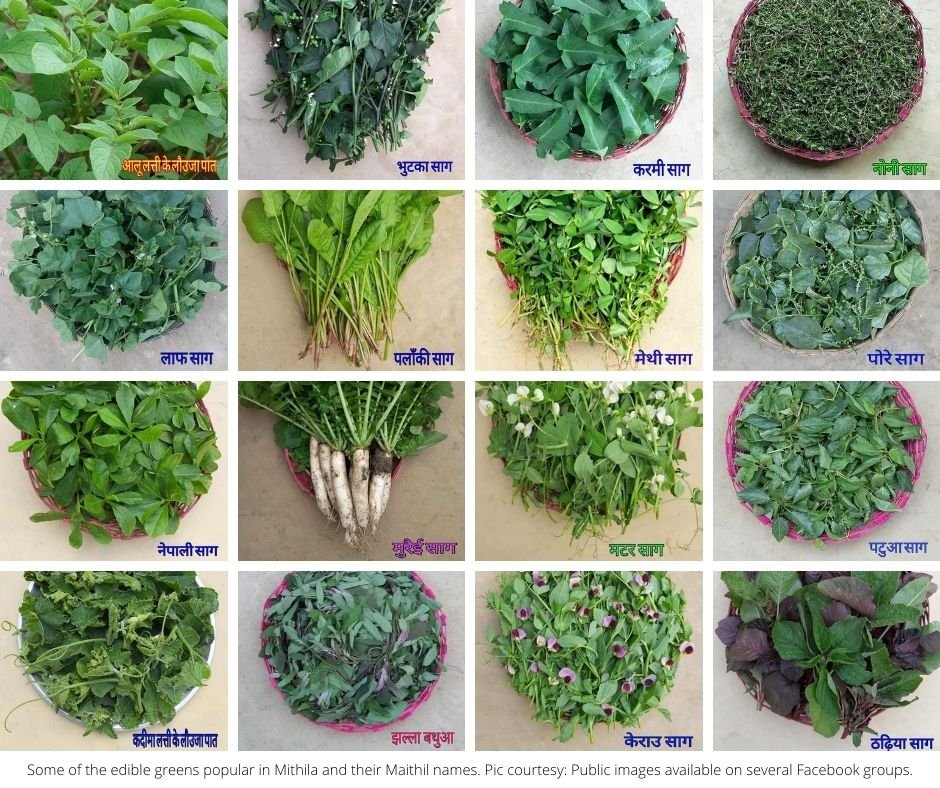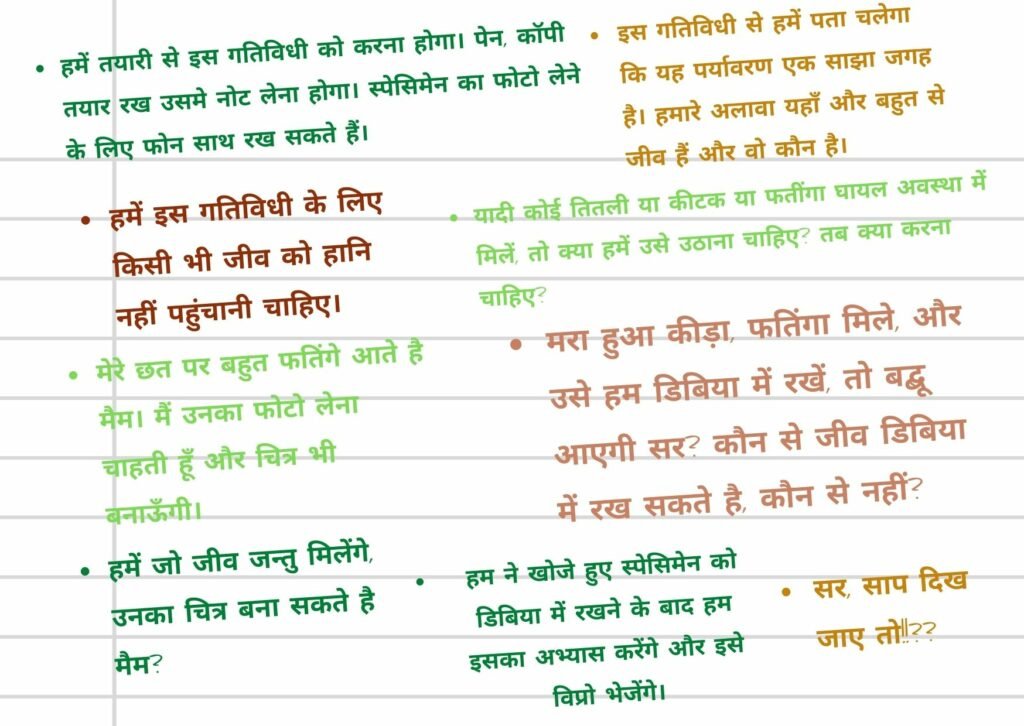The title is a line from a Maithili poem that became very popular on social media sometime last year, loosely translating into, “I am the edible greens of Mithila, as glorious as the Paag (turban) of Mithilawasis”.
Classroom engagement with teachers and students, participating in the teaching-learning process is a crucial part of our work at Aripana. One can say, classroom engagement keeps us anchored. It keeps us focused, like nothing else, on what needs to be done to improve the quality of education, especially in under resourced government schools.
It was during the second wave of the dreadful Covid pandemic that we decided to continue engaging in teaching-learning by conducting classes online for a cluster of government schools in the Laheria Sarai area of Darbhanga, North Bihar. We had no idea how it will be, but immensely rewarding a journey it continues to be, 3 months after we first started in May 2021.
With support from the government school teachers, we not only taught chapters from the Science syllabus to students of Class VII & VIII but also engaged the children to understand the topics of Waste and Biodiversity, by participating in Earthian 2021 (Wipro Foundation’s largest environment education program for schools in India).
One of our science sessions focused on the following objectives:
- becoming familiar with different kinds of leaves in the neighborhood
- understanding the variety of services that leaves provide not just to human beings but to other organisms as well, with whom we inhabit the shared space called environment.
Needless to say, some very interesting discussions and sharing of stories and photographs followed! The children also put together a chart of the leaves they found in the neighborhood that required them to step out, observe, collect, get information and present. Here is an example of one the charts:

While on the topic of uses of leaves, children mentioned eating green leafy vegetables. Being situated in Mithila, a culture that has a very distinct cuisine in which greens play a major role, we just had to spend some more time with the children, reveling in the variety of greens, their occurrence, cycles of cultivation, form and structure, taste, their preparation and health benefits. Many children still belong to families that regularly cultivate greens in fields adjoining their homes. So lo! Was it surprising then that the children could identify close to 31 greens just by looking at their pictures!
Here we present a compilation of edible greens that have a special place in Maithil culture and cuisine and are an integral part of the diet of the children we work with. How precious is this knowledge that resides with the children and how priceless is the experience of watching and at times helping in the cultivation of these greens.

We ended the session by reading a wonderful poem in Maithili, telling us more about मिथिला के साग. We look forward to reciting this poem until it we have it memorized 🙂
When a lesson is relatable to students’ lived experiences, abounds in local examples, uses language the children speak in their homes and immediate contexts, it only etches deeper into their minds and what they learn about starts mattering!
Team Nature Classrooms, of the Nature Conservation Foundation, we thank you so much for guiding us in maximizing the potential of environmental science and science, in under resourced schools. We are already on a satisfying journey with the teachers of Bihar, together, making Environment Education matter.


